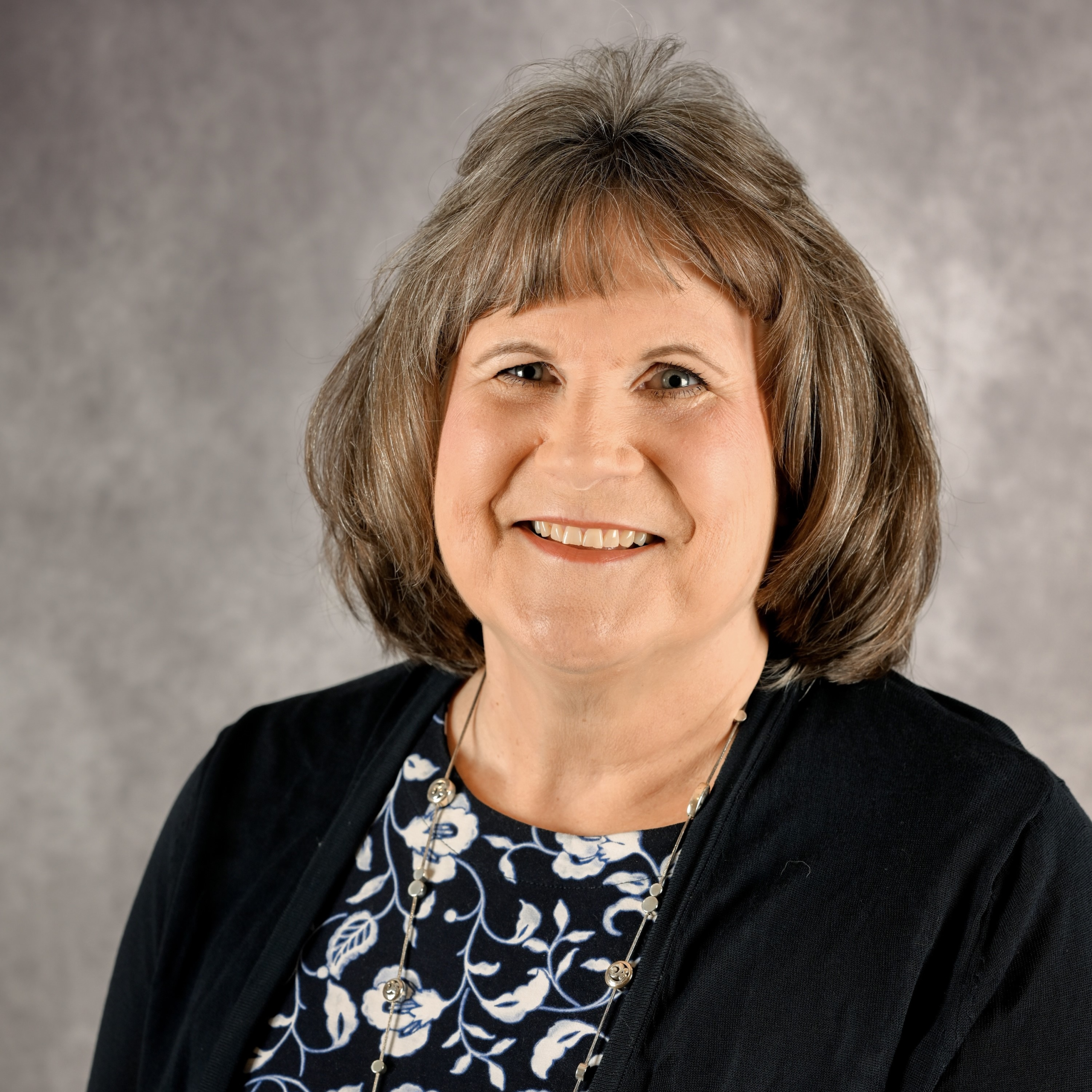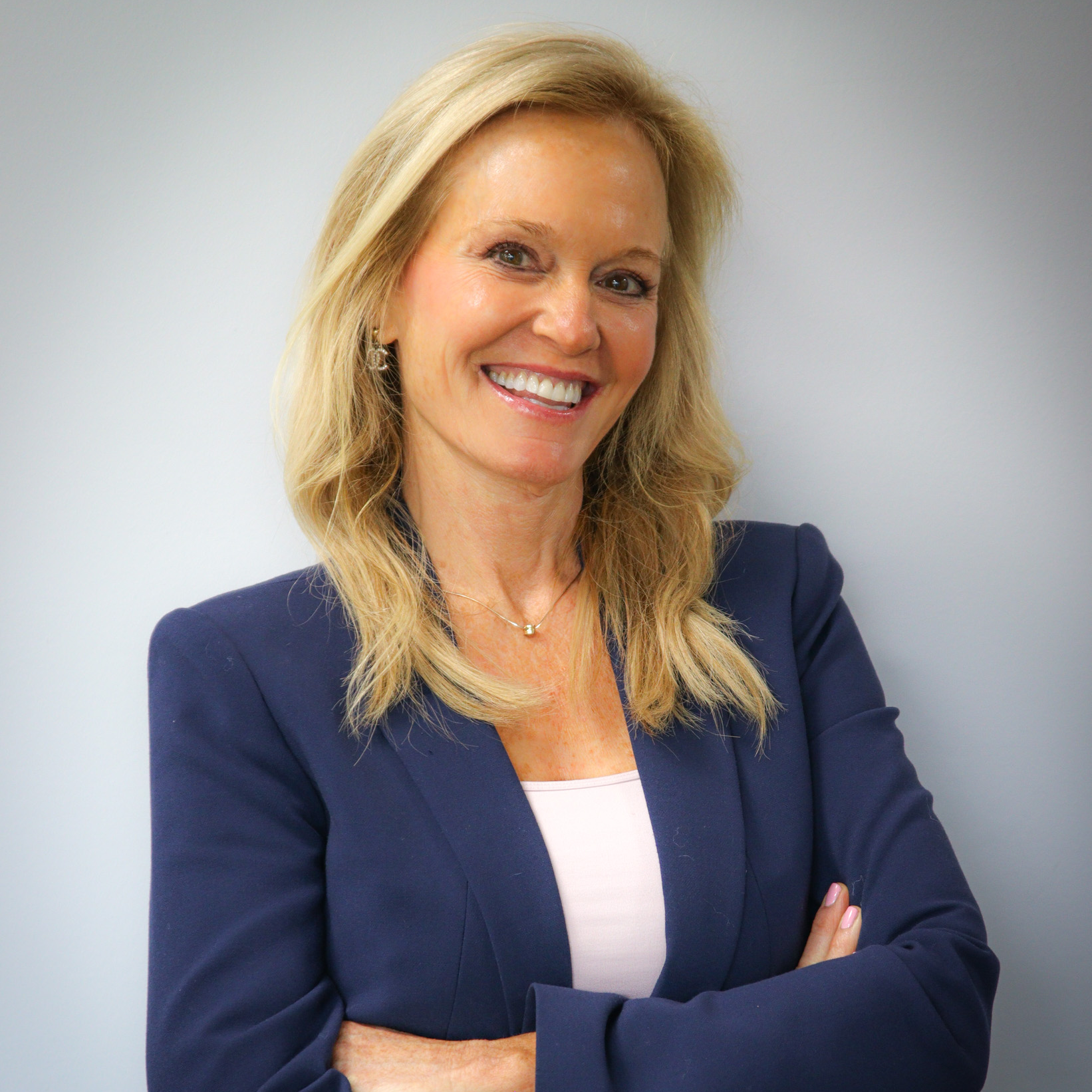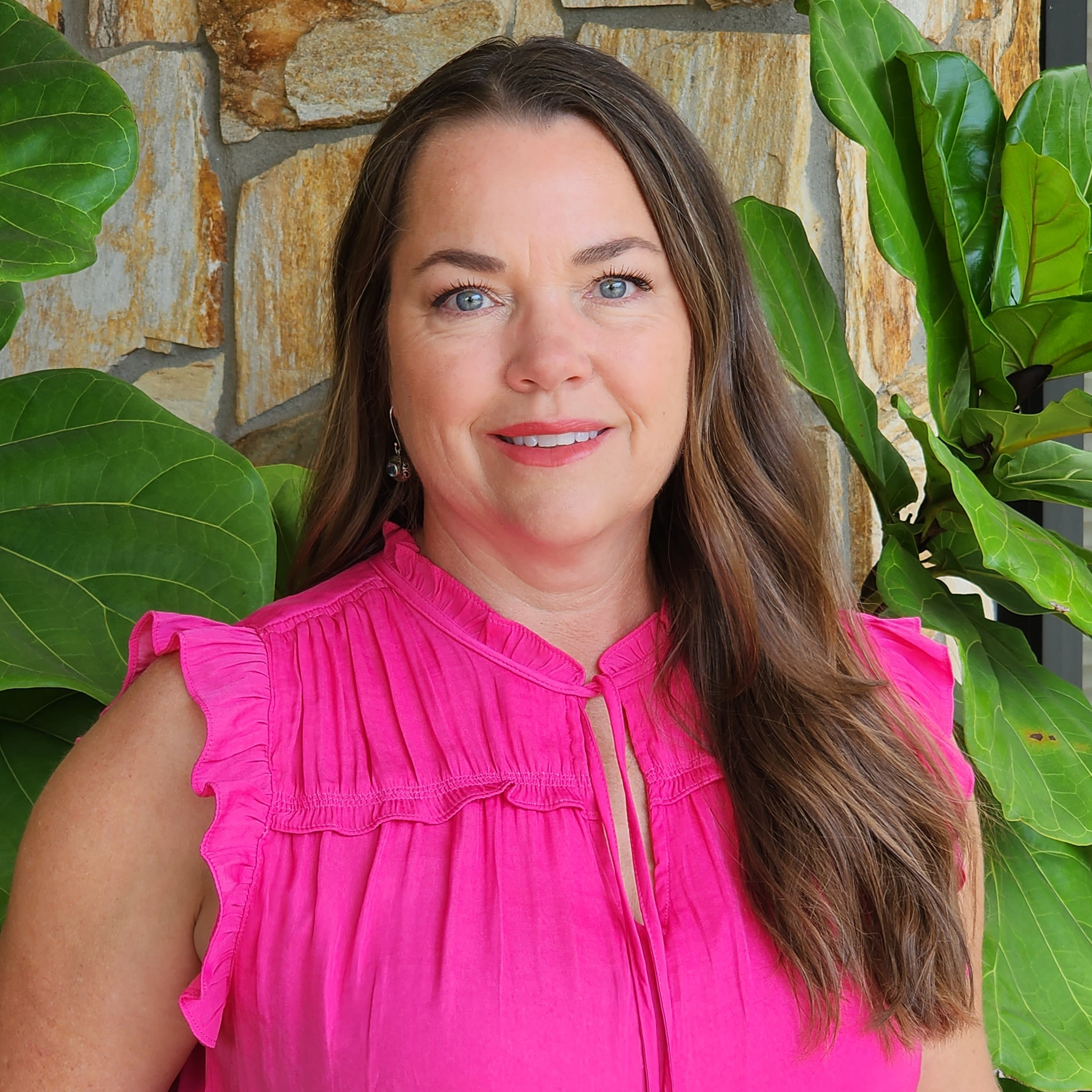For much of recorded history, women tended to be defined by their relationship to another person: someone’s daughter, sister, wife or mother. On the economic front, this was the construct that remained in place into the mid-1800s, when a woman’s right to own property was finally enshrined in law.
Fast forward to today. Women currently control about one-third of all retail financial assets in the European Union and the U.S., a figure expected to rise to between 40% and 45%. As of 2023, women controlled an estimated $60 trillion in global assets under management (AUM). Thanks to the Great Wealth Transfer currently underway, that figure will rise dramatically.
While no longer a niche, women investors bring unique circumstances and expectations to the advisor/client relationship. How can advisors – both female and male – forge solid advisory relationships and deliver a service experience that will resonate with women investors all along their financial journeys?

There’s no secret sauce to serve as a panacea – women, like men, are not a monolith. However, to various degrees, women share a collective backstory that can influence their view of wealth and their comfort level in managing it. Considering these factors can drive a positive client experience and elevate the engagement process.
Whitney Warmack, Managing Director and Client Advisor at Caprock, says, “The number of women in control of wealth is growing. Women facing transitions such as retirement, career changes, selling their business, divorce, aging parents, inheritance or other liquidity events are seeking a trusted financial advisor who looks different than the stereotypical brokers of the past.”

Women can come into an advisor/client relationship with a vantage point that’s very different from their male counterparts. If married, women are statistically more likely to outlive their husbands, potentially requiring more retirement savings and incurring higher medical bills. If they have children, women are more likely to have gaps in their employment history that have negatively impacted their income and retirement savings. If they are divorced, particularly later in life, women’s financial situation deteriorates dramatically compared to men: while men at or above age 50 typically see their standard of living drop by 21% after a divorce, women’s living standards drop by 45%.
Mary Ballin, a Partner and Wealth Advisor at Perigon Wealth Management, has worked with women going through divorce and notes gender-based differences may impact their financial planning. She says, “In a divorce, some women clients latch onto the idea of keeping the house even when it might not be the best financial decision, so it helps to empower them to understand the impact of their choices and whether it contributes to their financial goal.”
Bridging The Generational Divide

Culture, societal trends, technology and scientific advancements are just a few factors that drive clients’ attitudes, viewpoints and thought processes. Keeping generational differences in mind when working with women investors is imperative.
Sherri Kitzberger, Founder and CEO of Olympia Wealth & Life Management, part of Stratos Wealth Partners, knows this firsthand: “It’s fascinating to see generational differences among women clients when it comes to money and financial planning. Some older clients, who did not work outside the home, often saw their primary role as caregivers rather than financial decision-makers. In contrast, younger clients are typically more familiar with investing as they have more access to financial tools such as Robinhood, and a higher percentage of women now work outside the home.”
When Life Happens, What Happens To The Advisor/Client Relationship?
For financial advisors hoping to be the advisor of choice for this increasingly affluent cohort of women investors, it’s key to keep this oft-quoted statistic in mind: It’s estimated that 70% of women leave their financial advisor within the first year of a spouse’s death.
How can financial advisors position themselves as the advisor of choice for women dissatisfied with their current advisor?
Meet Women Clients Where They Are: Experts Weigh In

“Find commonalities you share with your female clients and create a focal point around that at each ‘check-in call,’” suggests Jamie Tomlin, Managing Director at BT Legacy Wealth Management in St. Petersburg, Florida, part of Stifel Independent Advisors. “That may be our children’s shared birthdates or our passion for charitable endeavors. You find what is important to them and share what your values are as well.”
Warmack adds, “Wealth can be emotional, whether it’s newfound wealth from an inheritance or a business sale. Understanding how clients feel about their wealth is a good starting point for any conversation about a life transition. I think it’s important to be genuine by removing obstacles to authentic conversations. Asking questions and steering clear of industry jargon is an easy way to establish trust with women.”
In Tomlin’s experience, “Major transitions come with their share of emotional and financial challenges. My role is to be supportive in addressing those needs up front and reassuring clients that I am well prepared to be their primary resource and sounding board to assist them in navigating personal and financial needs.”
Kitzberger sees her role is to “educate, empower, and elevate women in managing their financial futures.”
“The bottom line is women want to work with an advisor they trust and one they are comfortable with and will listen to them,” concludes Ballin.
Adaptability is essential when serving a disparate client base – and women are indeed diverse when it comes to their circumstances, values and aspirations. All of these experts agree that having the empathy, expertise and ability to see women clients through the major transitional phases of their lives is central to delivering service and support that resonates over time.
Janeesa Hollingshead, Contributing Editor at Wealth Solutions Report, can be reached at editor@wealthsolutionsreport.com.














